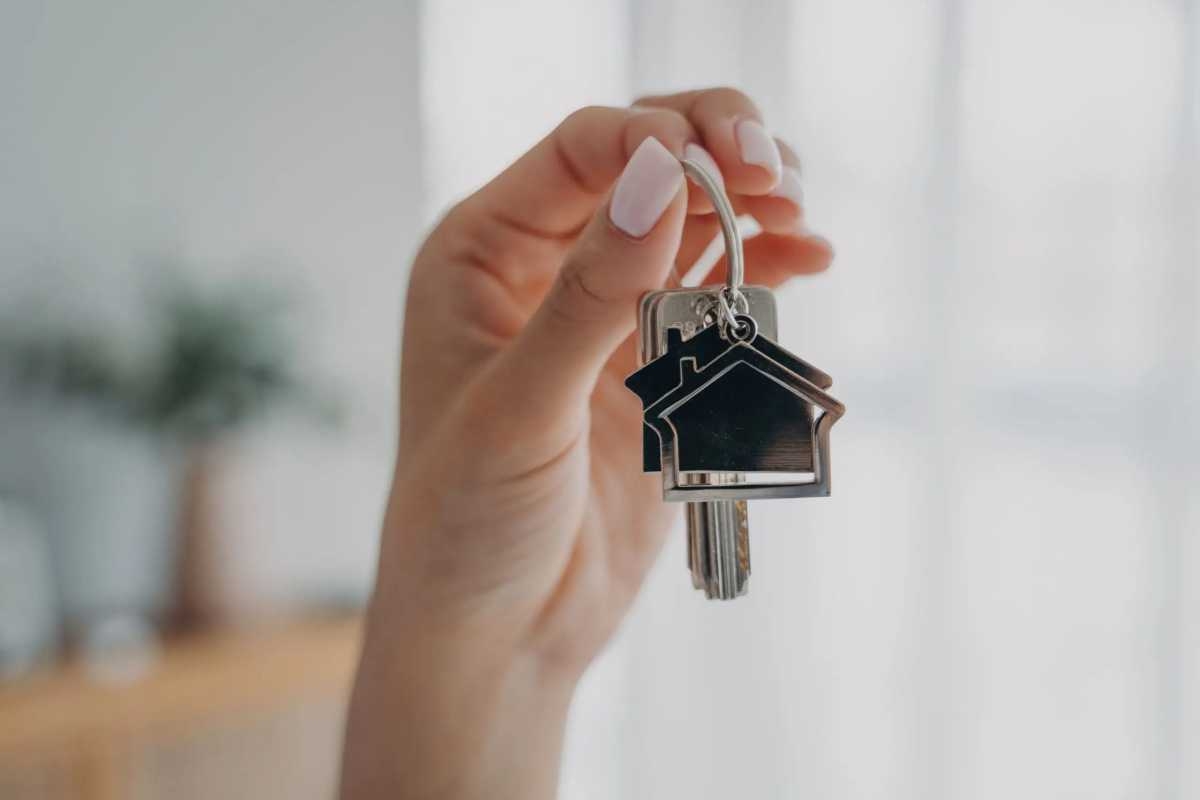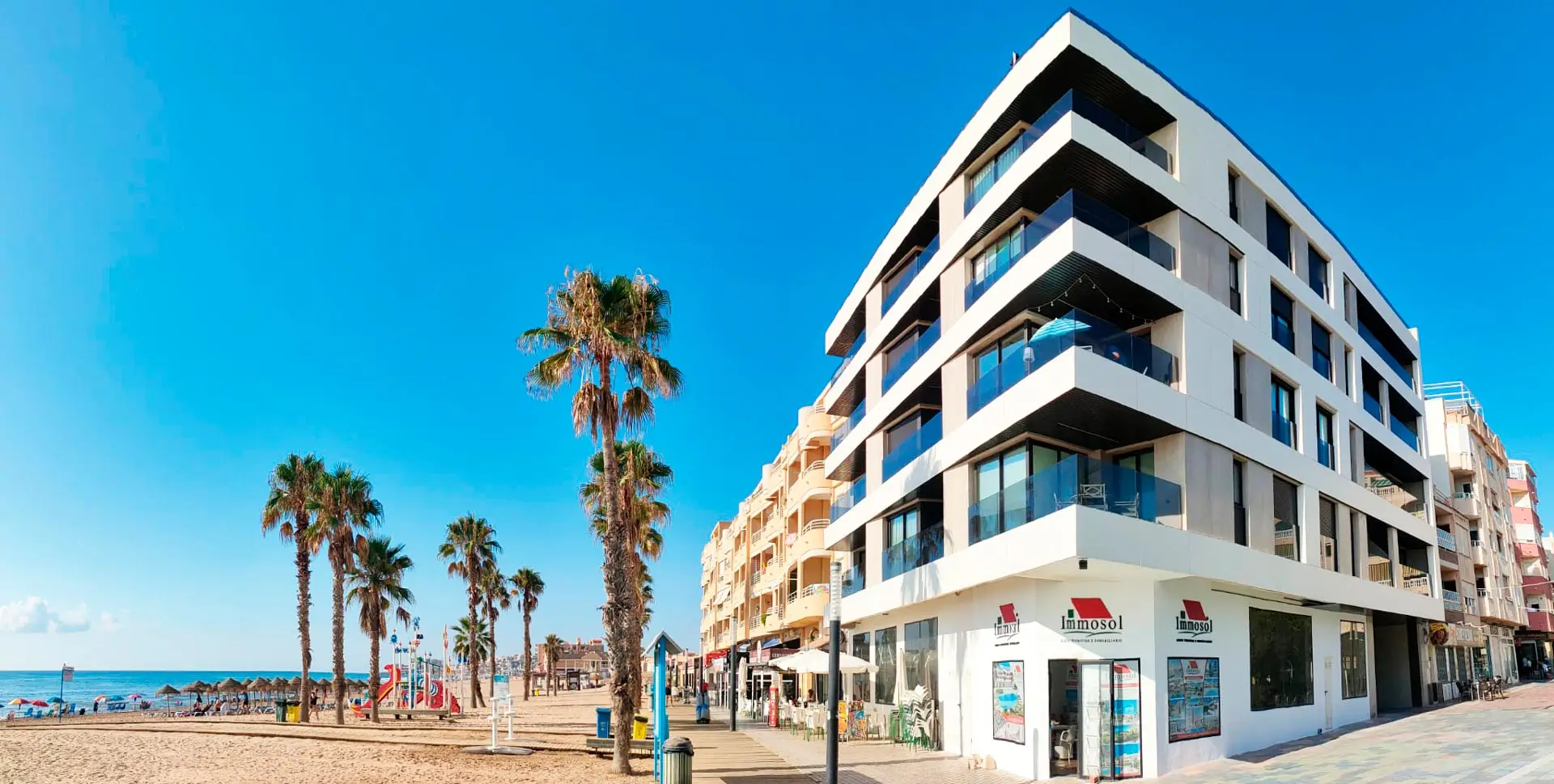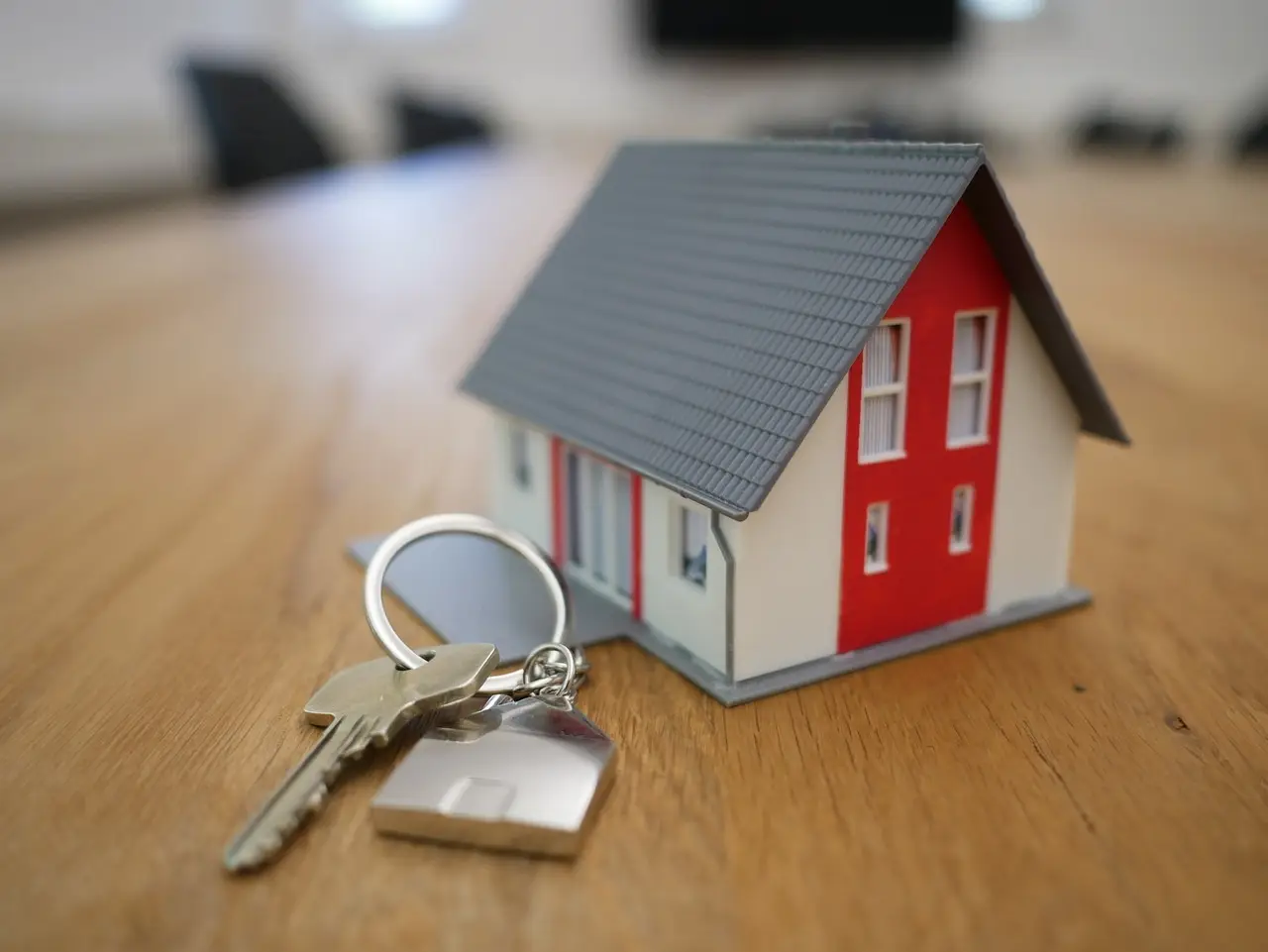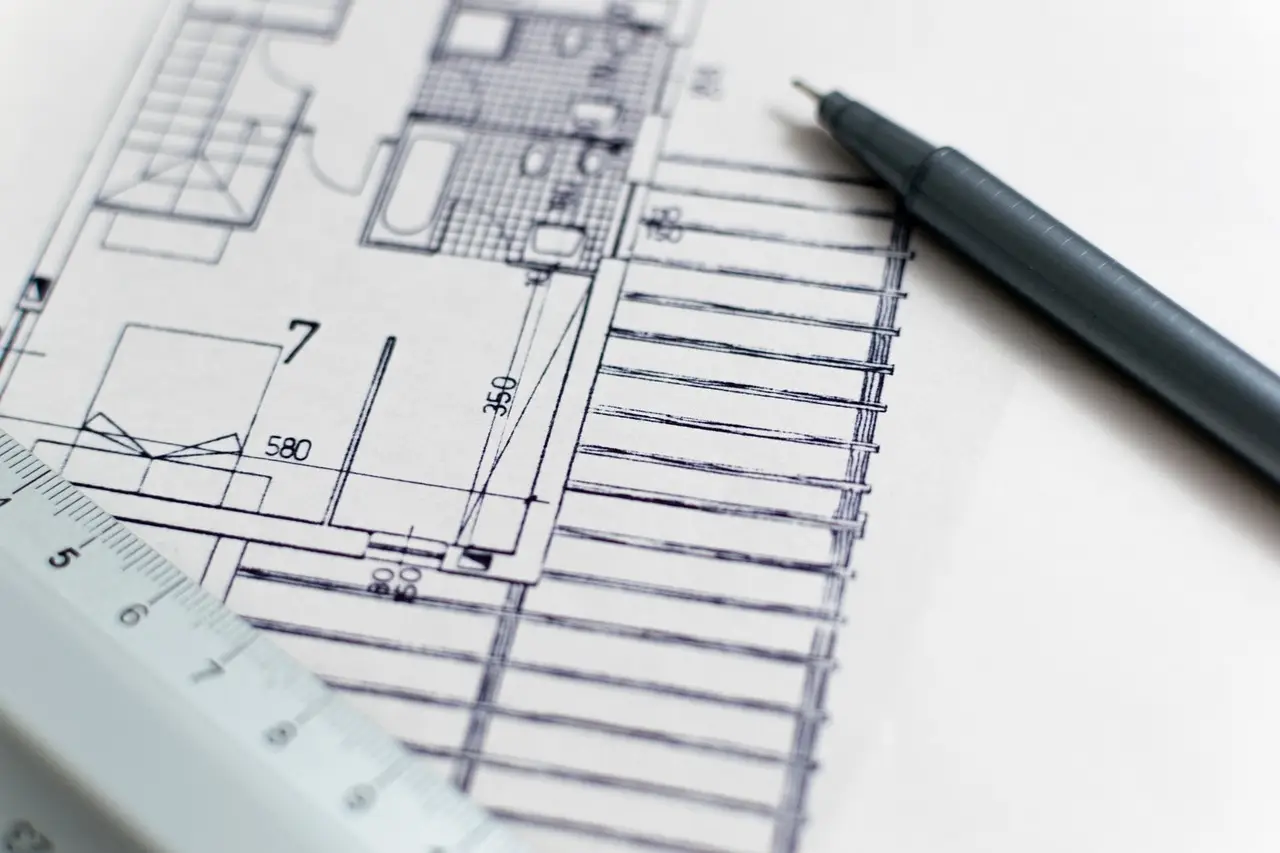When we talk about new constructionwe refer to properties that have not been previously inhabitedbut the key question is: how long is a property considered to be a new construction? This is a frequent doubts among buyers and homeowners, since the classification of a dwelling as a "New construction" has both legal and fiscal implications.
In addition, it is also essential in this context to know the ten-year insurancewhich covers certain construction defects for 10 years. In this article, we will explain in detail how long a property is considered new constructionwhat the 10-year insurance is and what it does and does not cover.
How long is a property considered a new construction?
The classification of a property as new construction has a limited duration in time. Legally, a dwelling is considered as a new construction during the first two years since the completion of its construction. During this time, the property retains this status for both commercial and tax purposes.
However, it is important to bear in mind that this timeframe may vary slightly depending on the country or the regional or local regulations in which the property is located.
In many countries, such as in Spainproperties are considered as new construction as long as they have not been sold or inhabited for the first time. Once the property is sold or inhabited, it automatically becomes second-hand housingwhether or not the two years mentioned above have elapsed.
This two-year period is particularly important when it comes to tax issues. For example, in some regions, new-build properties are subject to a VAT lower, compared to second-hand housing, than second-hand housing, which may be subject to other taxes, such as transfer tax (Impuesto de Transmisiones Patrimoniales, ITP).
In short, a property is considered to be new construction until two years after its construction, or until the moment it is sold or inhabited for the first time, whichever comes first. But beyond the time period, another key aspect in the purchase of new construction is the ten-year insurancewhich offers additional protection for homeowners.
The 10-year insurance for new buildings: What is covered and what is not?
One of the fundamental elements in the purchase of a newly built home is the ten-year guarantee or the ten-year insurance. This is an insurance policy with a duration of 10 years and is mandatory for all developers of new buildings.
Its aim is to protecting the buyer against structural defects or hidden defects that may appear during the first decade of the property's life.
What does the ten-year insurance cover?
The ten-year insurance covers structural defects of the home, i.e. those problems that may compromise the stability and safety of the building. The elements covered by this insurance include:
- Foundation defectsAny failure in the foundations that jeopardises the stability of the building.
- Defects in the structureThis includes problems in pillars, beams and other structural elements.
- Partial or total collapseIn the event that part or all of the building is compromised by construction defects.
- Damage caused by structural defectsIf these defects affect other parts of the dwelling, such as walls, floors or ceilings.
In a nutshell, decennial insurance is designed to protect buyers against serious problems. that may affect the security of the building. These problems often cost a lot to repair, so having this cover is essential to ensure the buyer's peace of mind.
What is not covered by the ten-year insurance?
Although decennial insurance offers significant protection, it is important to be clear that it does not cover all problems that may arise in the home. Defects that are not related with the structure or that do not affect the safety of the building are not covered by this guarantee. Below are some of the aspects that are not covered by the ten-year insurance policy:
- Minor cosmetic flawsSurface cracks, defects in finishes, paint or coatings are not covered, as they do not affect the structure of the building.
- Installations and systemsTen-year insurance does not cover problems related to electrical installations, plumbing, heating or air conditioning, unless they are directly related to structural failure.
- Defects in use or maintenanceIf the problem arises due to misuse or lack of maintenance by the owner, the insurance will not cover it.
- Damage caused by third parties or external eventsNatural disasters, acts of vandalism or accidents are not covered by this insurance, as they are considered external causes.
Are there other coverages for new construction?
In addition to the ten-year insurance, there are also other guarantees that the developer is obliged to offer, although their duration is shorter. For example:
- One-year warranty: Covers finishing defects or minor damage that may affect the habitability of the property. This guarantee lasts for one year from the handing over of the keys.
- Three-year warrantyCovers any problems or defects that may affect the habitability and functioning of the dwelling, such as water leaks or problems in the installations, which do not compromise the structure but make life in the property difficult.
When buying a new constructionIf a property is considered a new building, it is essential to know how long it is considered as such and what guarantees are in place to protect the buyer. While a property is considered new construction for the first two years, the ten-year insurance guarantees coverage against structural problems for 10 years.
However, it is important to be clear about what is and is not covered by this warranty, and complement it with other coverage if necessary. By being well informed, you will be able to make safer decisions and enjoy your new home with greater peace of mind.











